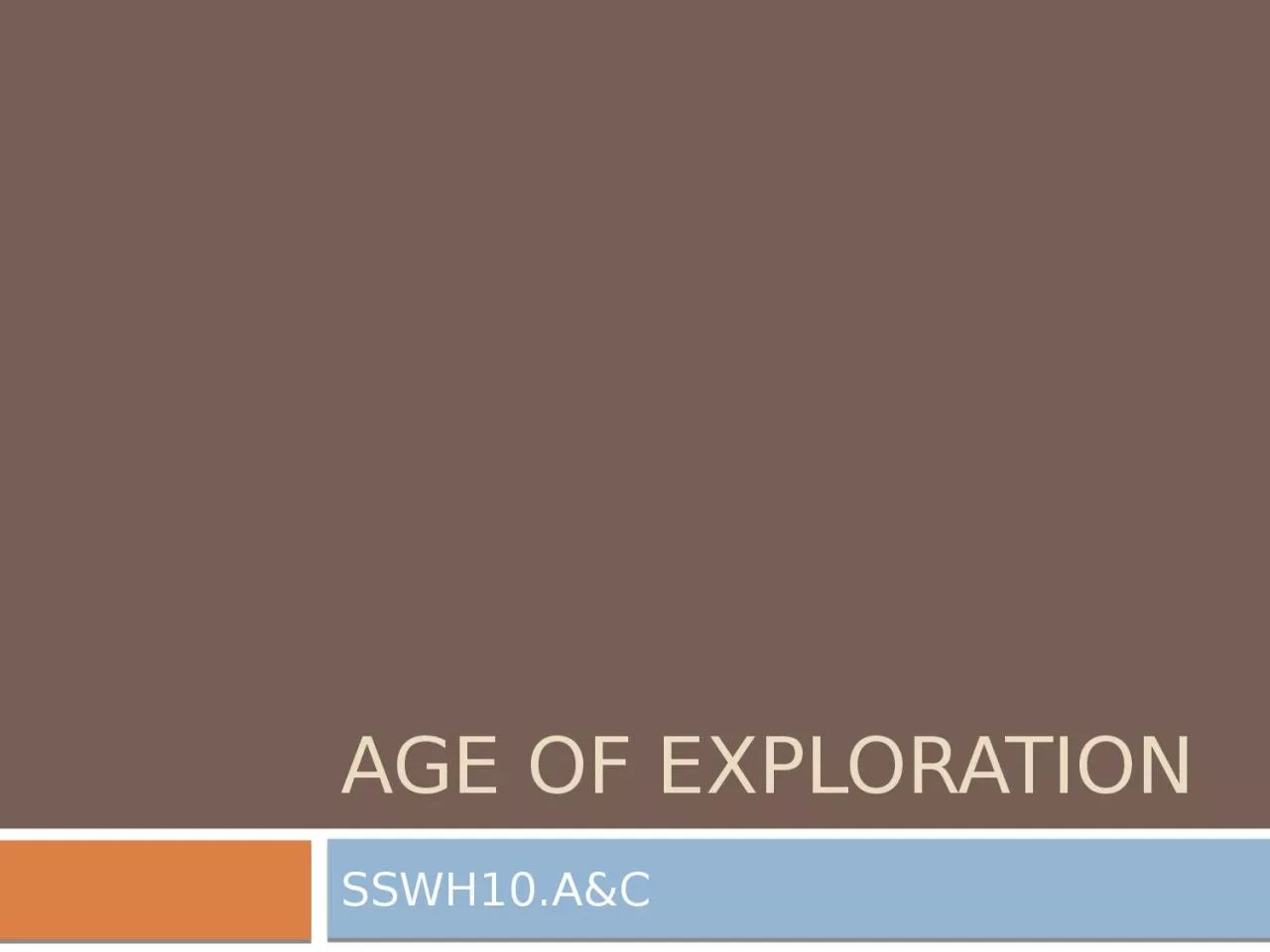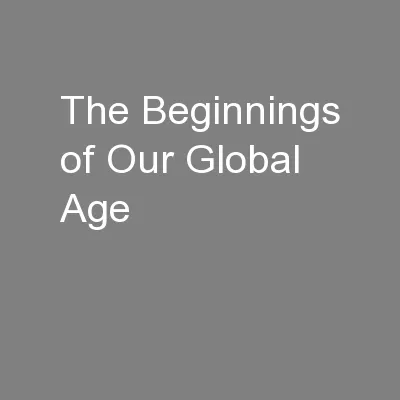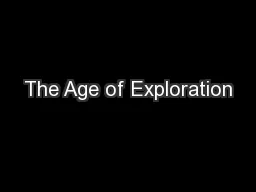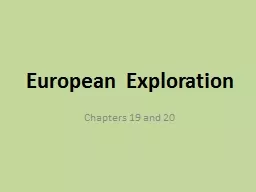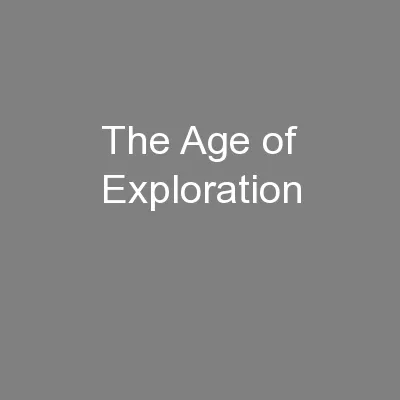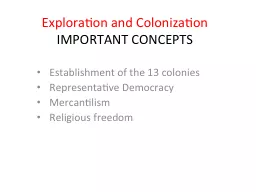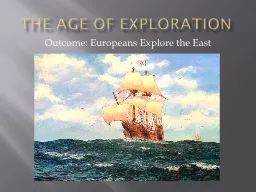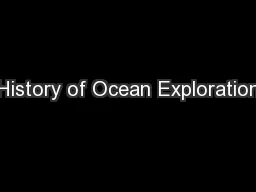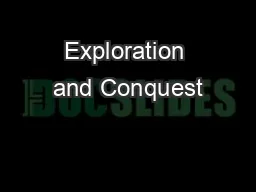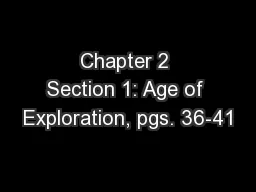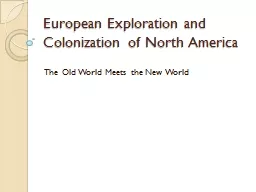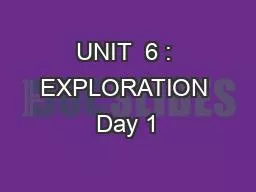PPT-Age of exploration SSWH10.A&C
Author : daisy | Published Date : 2023-10-04
Technology Before the mid 1400s there were some serious problems that kept Europeans from sailing across oceans Ships needed to stay within sight of land Because
Presentation Embed Code
Download Presentation
Download Presentation The PPT/PDF document "Age of exploration SSWH10.A&C" is the property of its rightful owner. Permission is granted to download and print the materials on this website for personal, non-commercial use only, and to display it on your personal computer provided you do not modify the materials and that you retain all copyright notices contained in the materials. By downloading content from our website, you accept the terms of this agreement.
Age of exploration SSWH10.A&C: Transcript
Download Rules Of Document
"Age of exploration SSWH10.A&C"The content belongs to its owner. You may download and print it for personal use, without modification, and keep all copyright notices. By downloading, you agree to these terms.
Related Documents

